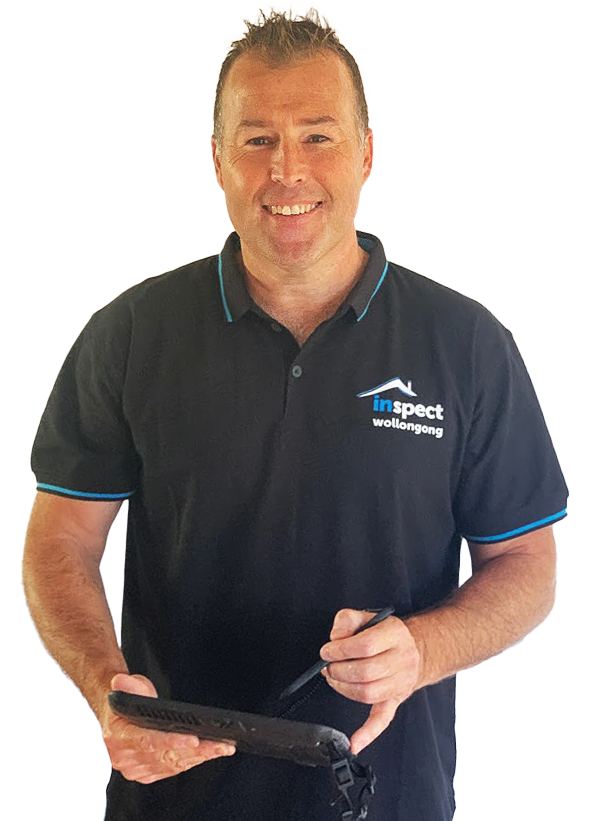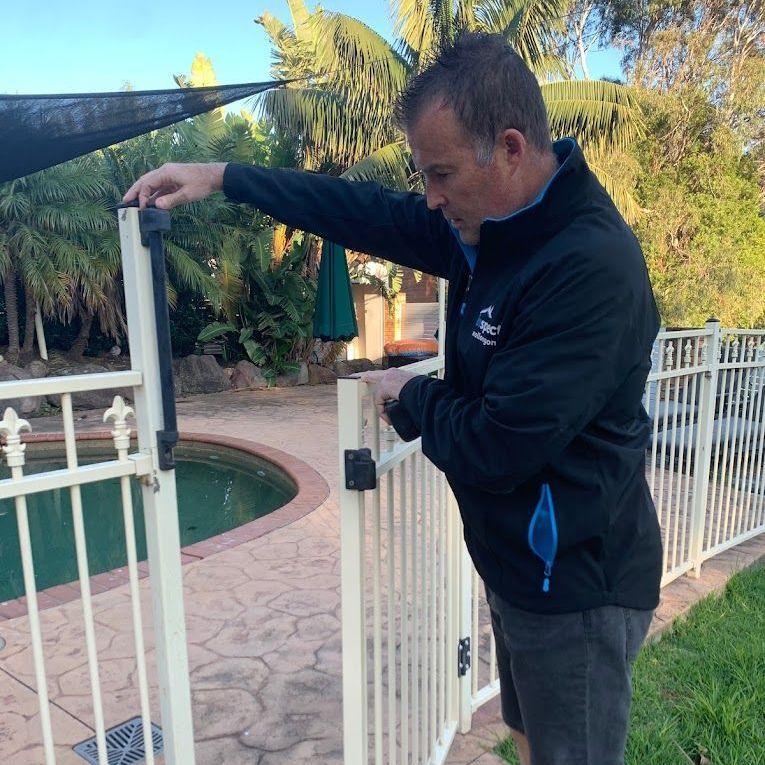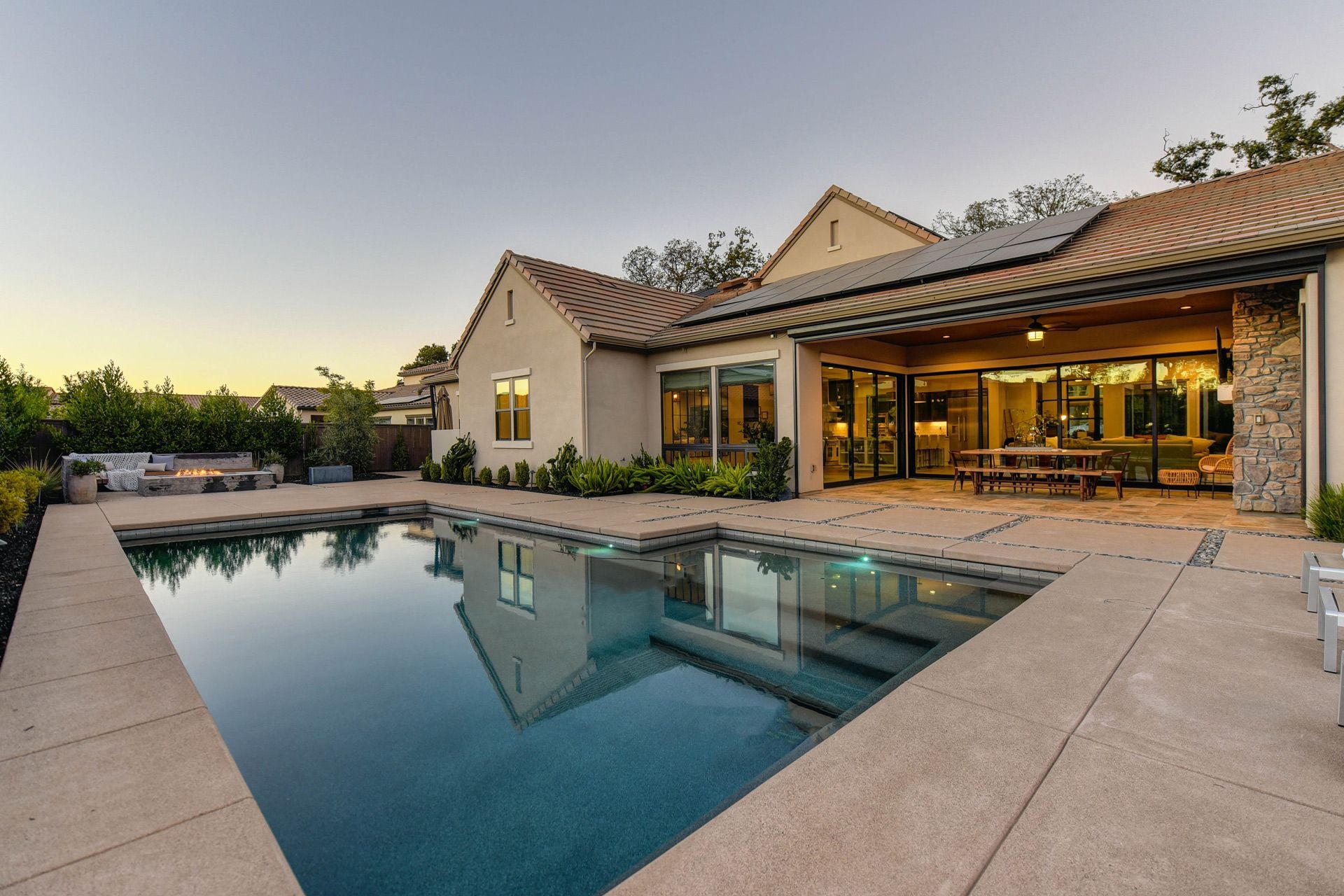Mobile
Tax Depreciation Schedule
A tax depreciation schedule is an Australian Taxation Office (ATO) complying document that helps property investors unlock the tax deductions available to them. A schedule captures the wear and tear of a building over time. The ATO classifies this wear and tear as an expense to investors which they are entitled to claim as a tax deduction.
At Inspect Wollongong, we are qualified quantity surveyors with extensive experience producing ATO-compliant depreciation reports for all types of project developments. We help our clients maximise their tax deductions with a detailed and accurate tax depreciation schedule.
Many of our clients are surprised at how much they can save on taxes with a depreciation schedule. Once they understand the potential benefits, the cost of the report becomes insignificant and rather inexpensive. Contact us today to learn how you can unlock tax-saving potential with a depreciation schedule.








